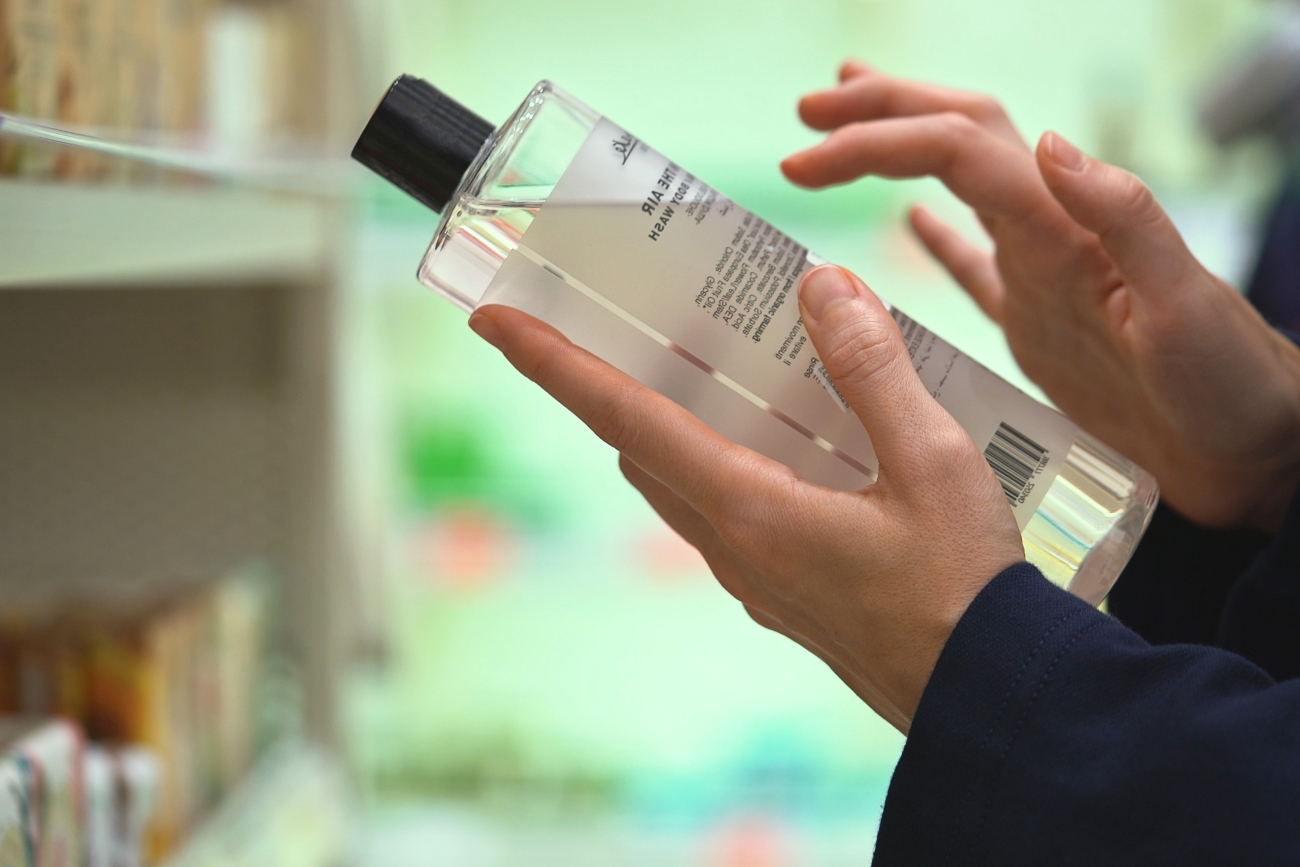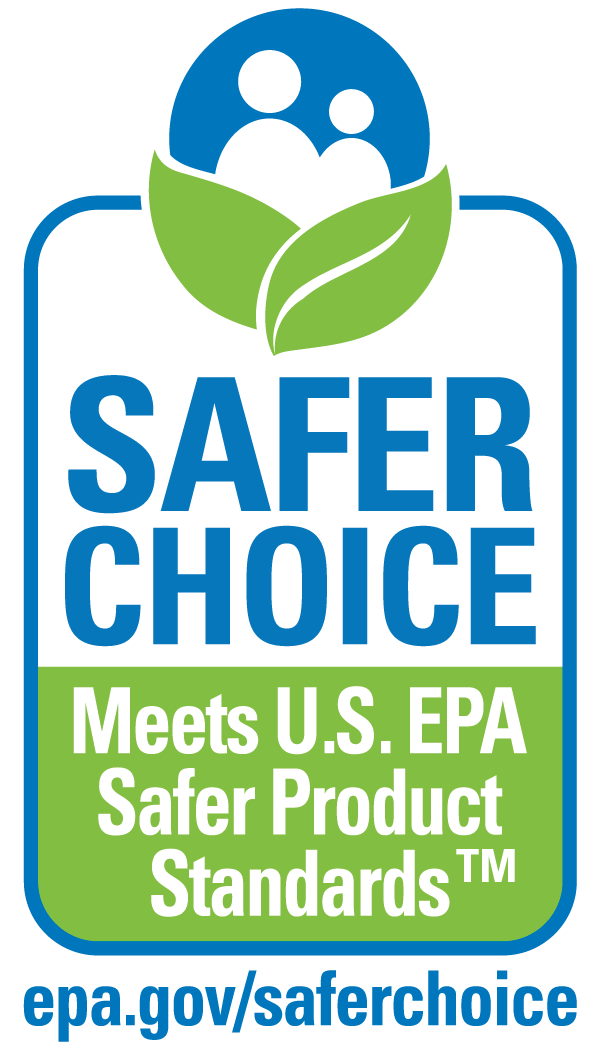How to decode labels on the products you use every day
 Product labels are famously cryptic. Sometimes it feels like you need an advanced degree in chemistry just to figure out if a particular toilet cleaner or mattress cover is safe to use.
Product labels are famously cryptic. Sometimes it feels like you need an advanced degree in chemistry just to figure out if a particular toilet cleaner or mattress cover is safe to use.
“It shouldn’t be up to the consumer to determine if a product is risky,” says Dr. Jennifer Ohayon, a research scientist at Silent Spring Institute. “That responsibility should lie with manufacturers and regulators to ensure products are safe.”
Some U.S. states have taken the lead in restricting toxic chemicals. Maine and Minnesota, for instance, have adopted comprehensive bans on PFAS in a range of consumer items. California’s Proposition 65 requires that manufacturers warn consumers if their products contain chemicals known to cause cancer, birth defects, or reproductive harm. (Ohayon recently led a study that showed Proposition 65’s effectiveness in shifting manufacturers away from toxic chemicals.)
In most states, however, people can't count on the government to fully regulate harmful ingredients in products. Free mobile apps like Silent Spring’s Detox Me can help you make safer shopping choices, but it pays to have a basic understanding of product label lingo—especially for the times when you don’t feel like scanning or scrolling. Here are some common words, numbers, and images to look for, and what they say about a product’s safety.
Certifications and warnings
These easily identifiable marks can help you tell at a glance whether a product is safe to use.
What to look for
1. The U.S. Department of Agriculture (USDA) organic seal, which certifies that a product is 95%-100% organic. This indicates that the ingredients have largely been grown without synthetic pesticides. Look for the seal on food, clothing, and products used for cleaning and personal care.

2. The certification logos below, which can be found on clothes, towels, sheets, and bedding. These symbols, from third party certifiers, show that the manufacturer has restricted chemicals that are harmful to humans and the environment.
Ohayon, who successfully advocated for the inclusion of PFAS in certifiers’ lists of restricted ingredients, says all of these organizations have banned or significantly limited the use of PFAS: “The standards these companies have adopted are stringent.”

3. The Safer Choice logo. Look for it on detergents and cleaning products. Manufacturers who use the logo have met the U.S. Environmental Protection Agency’s (EPA) safety standards and are audited by the agency.

What to avoid
- Products with labels that say WARNING, CAUTION, POISON, or DANGER. It can be easy to gloss over these warnings because we’re so used to seeing them, but they’re clear signals that a product contains toxic ingredients.
- Products with a Proposition 65 warning. According to Ohayon’s research, Prop 65 has been most effective at pushing California manufacturers to change their product formulas—but it’s still a good warning for the rest of us. “Personally, I avoid products with a Prop 65 label, if I have other choices,” Ohayon says.
Key words and codes
Certain words and numbers pop up regularly on labels, and many contain important information about a product’s contents. But not all of them. Some labels claim their products are green, free from toxic ingredients, nontoxic, or natural. These descriptions typically aren’t regulated by agencies such as the USDA, so they don’t carry much weight. In a study conducted by Silent Spring, for example, children’s bedding, furnishings, and clothing labeled with these terms often still contained PFAS.
“The lesson is that green language doesn’t necessarily indicate safety,” says Ohayon.
What to look for
- Organic, made with organic__, or (for food) PLU codes starting with 9. In addition to controlling the use of the organic seal, the USDA regulates how the word “organic” can be used. Products can be labeled 100% organic, organic (no less than 95% organic), and made with organic__ (no less than 70% organic). PLU codes also contain helpful information: When shopping for fruits and vegetables, look for codes that start with the number 9 to find organic options (e.g., 94512).
- Paraben free, phthalate free, PFAS free, formaldehyde free, fragrance free. Look for these descriptors on cosmetics, personal care products, and cleaners. These are chemicals that have been linked with endocrine (or hormone) disruption and even cancer. “Products labeled this way are easier to identify as safe,” Ohayon says. “It’s a lot simpler to pick out words like ‘phthalate free’ than to scrutinize the ingredient list for phthalates.”
- Flame-retardant free. Flame retardants have been linked with harmful health effects like cancer, thyroid disease, and lower IQ. Look for the flame-retardant free description on furniture, beds, and children’s pajamas. A furniture label may also say, x_contain NO added flame retardant chemicals. Children’s pajamas may say, For child's safety, garment should fit snugly. This garment is not flame resistant. Loose-fitting garments are more likely to catch fire, or Not intended for sleepwear.
What to avoid
- Antibacterial, antimicrobial, odor resistant, stain resistant, wrinkle free. “If a product sounds like it has supernatural properties, it was probably made with unsafe chemicals,” Ohayon says. The above descriptions can appear on everything from cutting boards to bedsheets and could indicate the presence of triclosan (a hormone disruptor) or a carcinogen like formaldehyde.
- TB117, TB133. These codes communicate that a piece of furniture has added flame retardants. In fact, in addition to being toxic, adding flame retardants to upholstered furniture doesn’t actually protect people from the most dangerous types of fires.
- Plastics labeled as polycarbonate (#7), PVC (#3), and polystyrene (#6). It’s generally a good idea to avoid plastics when shopping for toys, water or baby bottles, food storage containers, and other household items. In a recent study, Silent Spring scientists identified hundreds of potential breast carcinogens that are used in everyday plastic products. Some varieties of plastic are worse than others. Plastics labeled #7 and #3 contain endocrine disrupting chemicals like phthalates and BPA. Polystyrene (#6) contains styrene, a known carcinogen.